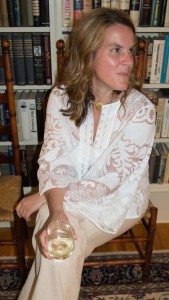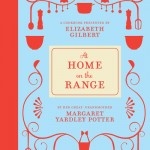 With Thanksgiving only a few days away, there are a flurry of features on what are the best wines to drink with the holiday meal.
With Thanksgiving only a few days away, there are a flurry of features on what are the best wines to drink with the holiday meal.
While those in the industry are less likely to turn to such columns for advice, it is still a topic for conversation as was evidenced during a recent French Wine Society webinar. Among the declarations of bottles being served were the usual food-friendly suspects of Pinot Noir and Riesling.
The subject of the webinar, Forbes’ wine columnist, Cathy Huyghe, declined to answer as she is currently traveling and would be on the road for the holiday and thus unsure what wine would end up in her glass.
No one thought to ask her what she might have selected if she were planning to dine at home, but it would be a good bet that Cathy would use the occasion to open bottles that inspire her to stay Hungry for Wine, the title of her new book. She is also a big proponent of drinking up those “special” wine bottles now rather than waiting (and perhaps missing out) by saving them for a “special occasion” as is the case in her cautionary story in Chapter One.
In the book, Huyghe tells the story of wine – through a different lens than most. Instead of writing detailed tasting notes that conform to a particular format or simply writing about a particular producer, Huyghe shares her vinous experiences within a different context – a true hunger for wine and how it is made.
In general, her writing is fresh and engaging, albeit a bit precious at times. She speaks to the reader slightly more than I would prefer, a habit she likely picked up from her days writing the blog 365daysofwine in which she would “take” the reader with her to tastings and events throughout Boston and elsewhere.
Although the distraction momentarily brings me out of the story, this is a minor quibble and perhaps as much a praise of her writing in that I truly enjoyed reading her stories and didn’t want to be interrupted from the plot.
As any wine journalist is bound to do, Huyghe finds wine stories in the likeliest places: Italy, Spain and California, to name a few. But, more intrepidly, she also finds some in the unlikeliest places such as Syria and Turkey.
Moreover, her stories are at once political, financial and social providing a unique, yet important, perspective from which to view the grape to glass journey.


![FireIslandRO[1]](http://itsawinederfullife.com/wp-content/uploads/2012/06/FireIslandRO1-145x150.png)
